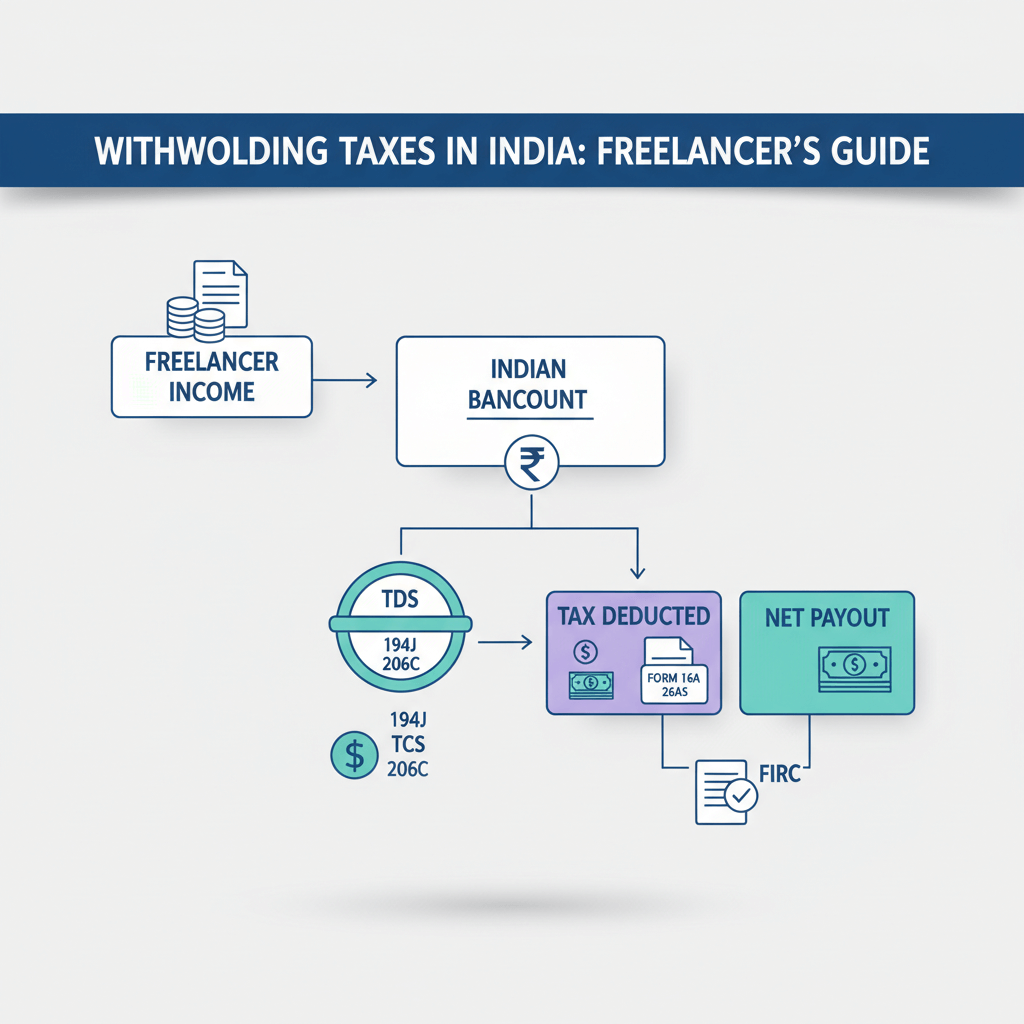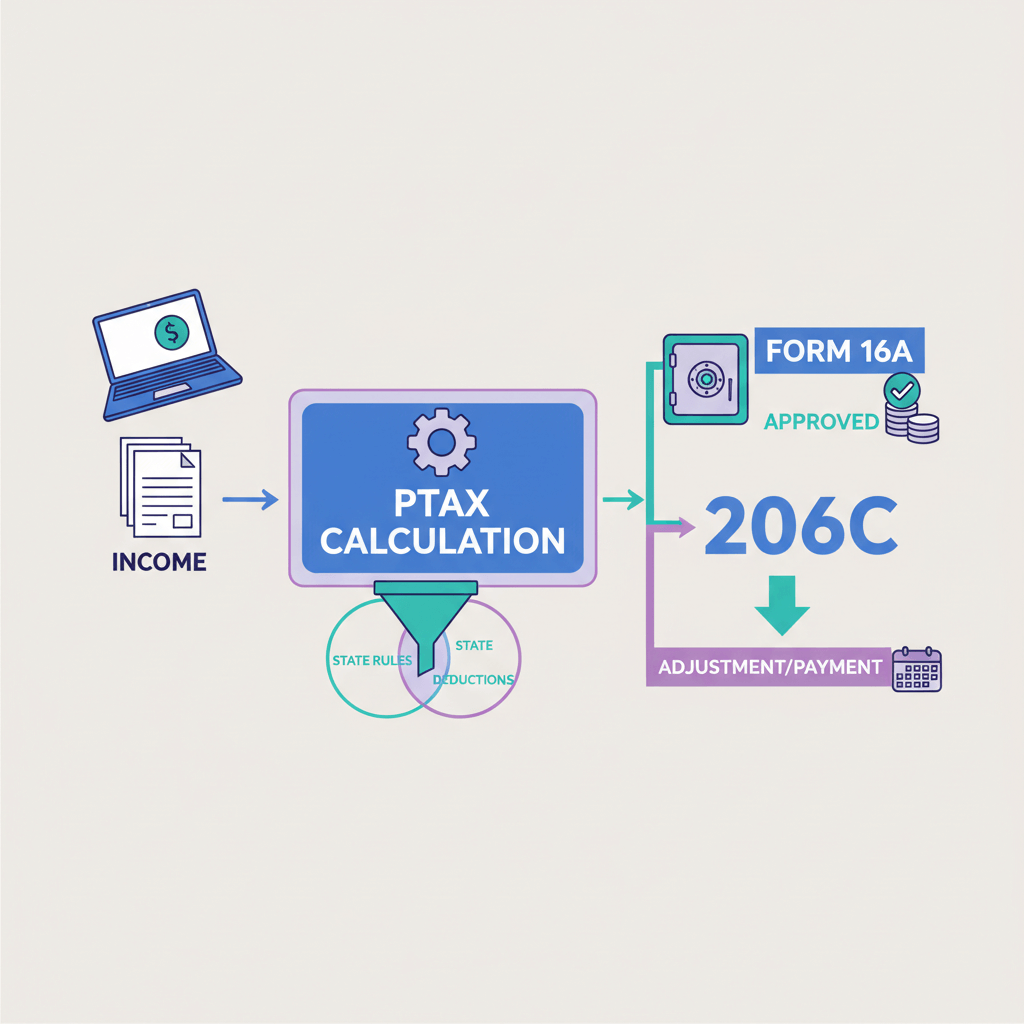The finance minister brought in a fresh set of taxes and called it Amrit Kaal.
Is it really though?
As business owners, making tons of investments you are always looking for ways to make more profit and keep that profit with you. Taxes obviously are your biggest liabilities when you seek to do this.
What is the increase in tax on business remittances from India?
Is it going to get any worse than this?
How to reduce tax on business remittances from India? Is there a way of even doing that?
Read on to find out …
Current Status
A huge change in the outward remittance Tax Collection at Source (TCS) regulations concerning foreign remittances was announced in 2023. Under the Liberalised Remittance Scheme (LRS), the tax rate for such transactions was raised from 5% to a whopping 20%.
However, after much criticism, the new foreign remittance rules reduced the tax rate back to 5%
Tax on business remittances from India
For businesses dealing with the export or import of physical goods(A1 payments), outbound remittances fall into a different category, and the good news is, there's no tax hitch for A1 remittances. The tax slabs play by a whole different set of rules here.
For all A2 transactions involving services, the tax on business remittances from India depends on two main factors
- Type of service
- Destination Country
The percentage of tax on business remittances from India is dictated by two factors: the Income-tax Act, 1961, and the provisions outlined in the Double Taxation Avoidance Agreement (DTAA). The exact percentage of tax on business remittances from India is based on the type of service provided by the vendor which may be advertising, legal, SAAS, etc.
- A business may choose to pay taxes as per DTAA. To avail of DTAA, the vendor will need to provide a Tax residency certificate (TRC), 10F self-declaration form, and No permanent establishment form (NoPE).
- If the business opts to comply with the Income-tax Act, the applicable tax slab will be determined by this law.
Make Note: The tax burden can fall on either the business or the vendor. It all boils down to the agreement between the two parties on who's taking care of the TDS.
For certain services, there's another noteworthy tax rule in play—the equalization levy. This is a fixed tax charge on the transaction, particularly seen in services like advertising.
Tax on business remittances from India: What Is Not Included?
Check whether India has a Double Taxation Avoidance Agreement (DTAA) in place with the country to which you intend to make an outward remittance.
A DTAA is a formal agreement entered into by two or more countries, where a taxpayer, residing in one country, generates income in another country. The primary objective is to prevent this taxpayer from paying tax in both jurisdictions. Presently, India has DTAA arrangements with several nations, including the USA, Japan, and the UK, among others.
Another exemption has been placed only for educational expenses and is hence not relevant to business transactions. An exemption from Tax Collection at Source (TCS) is granted for transactions related to educational expenses up to a maximum limit of Rs. 7 lakh.
TCS charges for loan-funded educational expenses: If the funds for educational expenses exceeding the maximum threshold are provided via a loan, a TCS charge of 0.5% will be applicable.
TCS charges for non-loan-funded educational expenses: If the educational expenses are met through income from other sources, a TCS rate of 5% will be applicable for transactions exceeding the maximum threshold.
However we all know LRS is not applicable for businesses.
So what are the aspects of tax on business remittances from India that you need to look out for?
Country-Wise tax on business remittances from India
# 1 Tax on business remittance from India to the US
The following specific rules and laws apply when it comes to tax on business remittances from India.
- Indian Regulations:
RBI Reporting Requirements: The Reserve Bank of India mandates that businesses follow reporting requirements when making foreign remittances. This includes submitting appropriate documentation like Form A2, Importer Exporter Code, and Purpose Declaration, and obtaining approval from authorized banks.
- U.S. Tax Implications for Businesses:
Corporate Income Tax: In the U.S., businesses are subject to corporate income tax. The federal corporate tax rate varies based on the company's income. State-level taxes may also apply, and the overall tax liability depends on factors such as business structure and income.
- Transfer Pricing Considerations:
Arm's Length Principle: The Arm's Length Principle in transfer pricing regulations mandates that businesses establish prices for transactions with related entities as if they were unrelated entities engaging in fair dealings. For example, if an Indian company sells goods or services to its U.S. subsidiary, the pricing should be similar to what unrelated parties would agree upon.
- Tax Treaties:
DTAA Provisions: Under the India-U.S. DTAA, businesses may benefit from provisions that prevent double taxation. For example, if an Indian company earns income in the U.S., the DTAA may specify the rules for taxing that income in both countries, preventing the same income from being taxed twice.
#2 Tax on business remittances from India to the UK
When it comes to tax on business remittances from India to the UK, there are specific tax and regulatory considerations:
- Indian Regulations:
Reserve Bank of India (RBI) Guidelines: Indian businesses need to adhere to RBI guidelines on foreign remittances, ensuring that the transaction complies with foreign exchange regulations. This involves submitting the necessary documentation to authorized banks.
Income Tax Act: All income, including profits from international transactions, is subject to taxation under the Income Tax Act in India.
Transfer Pricing Regulations: If the business is part of a multinational group, transfer pricing regulations come into play, and pricing in transactions with overseas entities must be at arm's length.
- UK Taxation:
Corporate Tax: In the United Kingdom, companies are liable for corporate tax based on their profits. The tax rate and particular regulations vary according to the business structure and income level.
Value Added Tax (VAT): Depending on the nature of the goods or services involved, businesses in the UK may need to account for VAT.
Withholding Tax: Certain payments made from the UK to foreign businesses might be subject to withholding tax.
Transfer Pricing: Similar to India, the UK has transfer pricing regulations to ensure fair pricing in transactions with related entities.
- Double Taxation Avoidance Agreement (DTAA):
The India-UK DTAA outlines the tax treatment of income to prevent double taxation. Businesses can use provisions in the agreement to avoid being taxed twice on the same income.
Is the amount you're transferring, exceeding the tax threshold set by the country?
Does the amount you're transferring surpass the specified limit set by the country's tax regulations?
In essence, the question revolves around whether the transferred sum exceeds the maximum threshold outlined by the country, potentially triggering tax consequences or obligations. This limit is subject to different factors based on the country's tax regulations, and exceeding it may require additional focus on tax reporting.
When you make business payments between different countries, it's important to know that the rules come from both places. Pay attention to any special reporting rules in other countries, like the United States, for example. If you're getting money for your business from the U.S., make sure to get a document called a Foreign Inward Remittance Certificate (FIRC) or Foreign Inward Remittance Statement (FIRS). This paper proves that you have the money. It's not just about following the rules, but also making sure everyone knows what's happening with the money between the countries.
How to Save Tax on Business Remittances From India
The increased tax rate on foreign remittances in India can result in higher costs for overseas money transfers. However, there are strategies available to mitigate the impact on your taxable income.
1. Use tax treaties:
Example: If India has a tax treaty with the recipient country, such as the Double Taxation Avoidance Agreement (DTAA), analyze. The DTAA may provide reduced withholding tax rates on dividends, interest, or royalty payments
2. Plan for withholding tax:
Example: If the recipient country imposes withholding tax on business remittance, explore options to minimize its impact. For instance, consider structuring the transaction in a tax-efficient manner or utilize provisions like lower withholding rates for certain types of income, such as technical services.
3. Utilize tax incentives:
Example: Investigate if your business falls within a specific sector or activity that qualifies for GST business tax incentives. For instance, certain industries like renewable energy, export-oriented businesses, or startups may be eligible for tax holidays, reduced tax rates, or investment allowances.
4. Seek professional advice:
Example: Consult with a tax advisor who specializes in international business taxation to understand the specific tax implications of your business remittances.
Extra Note: There is a recent update for individuals ( under whose names small businesses operate) who have international business transactions. There is an exemption for taxation on small transactions below INR 700,000 (US$8,500) from the Liberalized Remittance Scheme (LRS scheme), done via debit or credit card.
Final Word
The decision to raise the tax on foreign remittances in India is aimed at ensuring that individuals or businesses that fail to report their high-value transactions accurately are brought into the tax net.
One way or another, keep a keen eye on updates even if it is taxing. Tax on business remittances from India constantly changes, so you wouldn't want to miss out on something only to end up paying a higher tax.
FAQs
What are the documents required to conduct business outward remittance?
There are many important documents required. To name a few:-
- To generate a wholesale (not a retail) bank account:-
- Company PAN Card: The Permanent Account Number (PAN) card is required for tax-related purposes and to comply with financial regulations.
- GST certificate
- Company director’s PAN card
- Company director’s Aadhar card
- To make a business outward remittance transaction
- Form 15CA
- Form 15CB
- Bank Statements
- Form A2: Form A2 is a document provided by the bank that confirms the intention to make a foreign currency transaction.
Are business inward remittances taxable in India?
Business inward remittances received in India are generally subject to taxation as per the provisions of the Income Tax Act, of 1961.
The taxability of such remittances depends on various factors, including the nature of the income, the residential status of the recipient, and the existence of any relevant double taxation avoidance agreements (DTAA) between India and the country from which the remittance originates.
However, the specific tax implications may be determined by the provisions outlined in the applicable DTAA, if one exists between India and the country from where the remittance is received.
Is TCS tax refundable? Is it applicable as a tax on business remittances from India?
No. Tax Collected at Source (TCS) is generally not refundable. TCS is usually not considered a tax on business remittances from India. For transactions across borders, there are different taxes and rules like GST, Income Tax, and RBI guidelines for foreign exchange.


.png)








